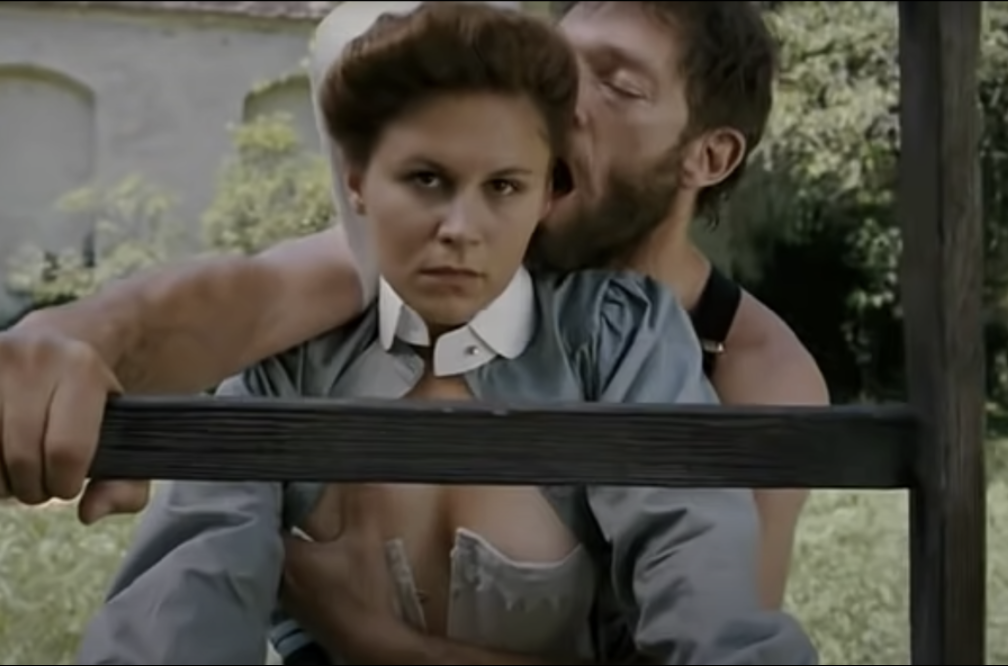“For all its sophistication, Charlie Kaufman‘s Synecdoche is oddly fond of poop jokes and, indeed, of poop shots. Is there really no better way to dramatize the frail health of your character” — Phillip Seymour Hoffman‘s Caden Cotard — “than by showing the discolored stream of his urine? The problem is not one of bad taste, to which the director is welcome, but the obviousness — dare I say, the dullness — with which he nags away at the sight of debilitation, in body and spirit alike.

Illustrationm by Robert Risko
“There has long been a strain of sorry lassitude in Kaufman’s work, and here it sickens into the morbid. Although Hoffman appears in almost every scene, he is seldom given the chance to shrug off his blue mood and demonstrate the dazzling range of which he is capable. One longs for the Hoffman of The Talented Mr. Ripley, all crowing tones and carroty crew cut. I have heard him, in an interview, say how freed up he felt by that film’s director, the late Anthony Minghella, but Kaufman seems to be following the reverse procedure.
“Such zip as we get is provided by performers in the secondary roles, notably the women: Dianne Wiest, Emily Watson, and, phlegmatic as ever, Samantha Morton. (The best gag in the film is that Hazel’s home is forever on fire; she lives there quite cheerfully, never explaining the flames, and barely noticing them. Luis Bunuel would be proud of her.) To what end, however, are these actresses devoting their panache? In short, what is Synecdoche, New York about?
“Well, there are three commonplaces on which it repeatedly riffs. One is what you might call the romantic-pathetic theory of imagination: any alternative reality that we design and furnish, when we conceive a work of art, is always to some extent a stand-in for the puny or pitiful one that we have been personally landed with. The second and most imperishable truth is: we grow old, and perish. And the third says: all you need is love.
“These are noble principles to pursue; unless the pursuit is waged with gusto, however, it threatens to slump into the sententious, and that is what happens here. With so much screen time being allotted to Caden’s bad marriage and pustular health problems, his majestic production doesn’t get going properly until the second half of the film, and by then we don’t care enough (worse still, we don’t know enough, such is the vagueness of its guiding rubric) to mind whether it triumphs or flops.
“Compare Dennis Potter‘s great mini-series of the nineteen-eighties, The Singing Detective, and you will see much the same setup — a wry leading man with a skin disease, inspired by a furious creative itch — rendered with unstinting vigor. And, should you still have a taste for the fancies of a fading man, try Orson Welles’s ,em>The Immortal Story, or a little picture of his called Citizen Kane, all of which, I sometimes think, could be floating within Kane’s cranium, like snow inside a globe.
“In each case, there is joy — not just a mournful snickering, as carried in Charlie Kaufman’s bag of tricks, but the breath of divine pleasure — in the conjuring of dreams. If you want to show a poor player that struts and frets his hour upon the stage, go right ahead, but give that hour all the life you can.” – from Anthony Lane‘s New Yorker review, dated 11.3.08.













